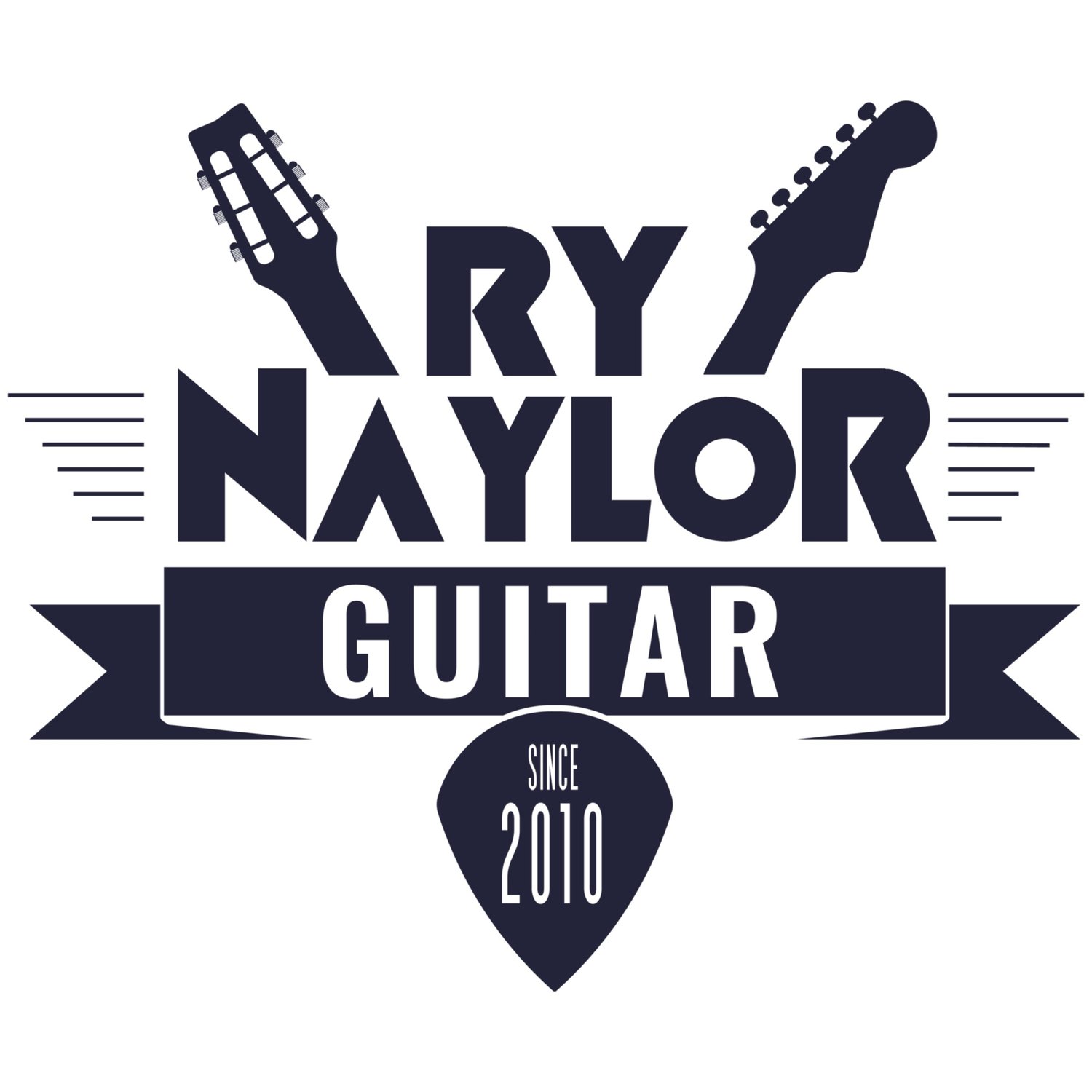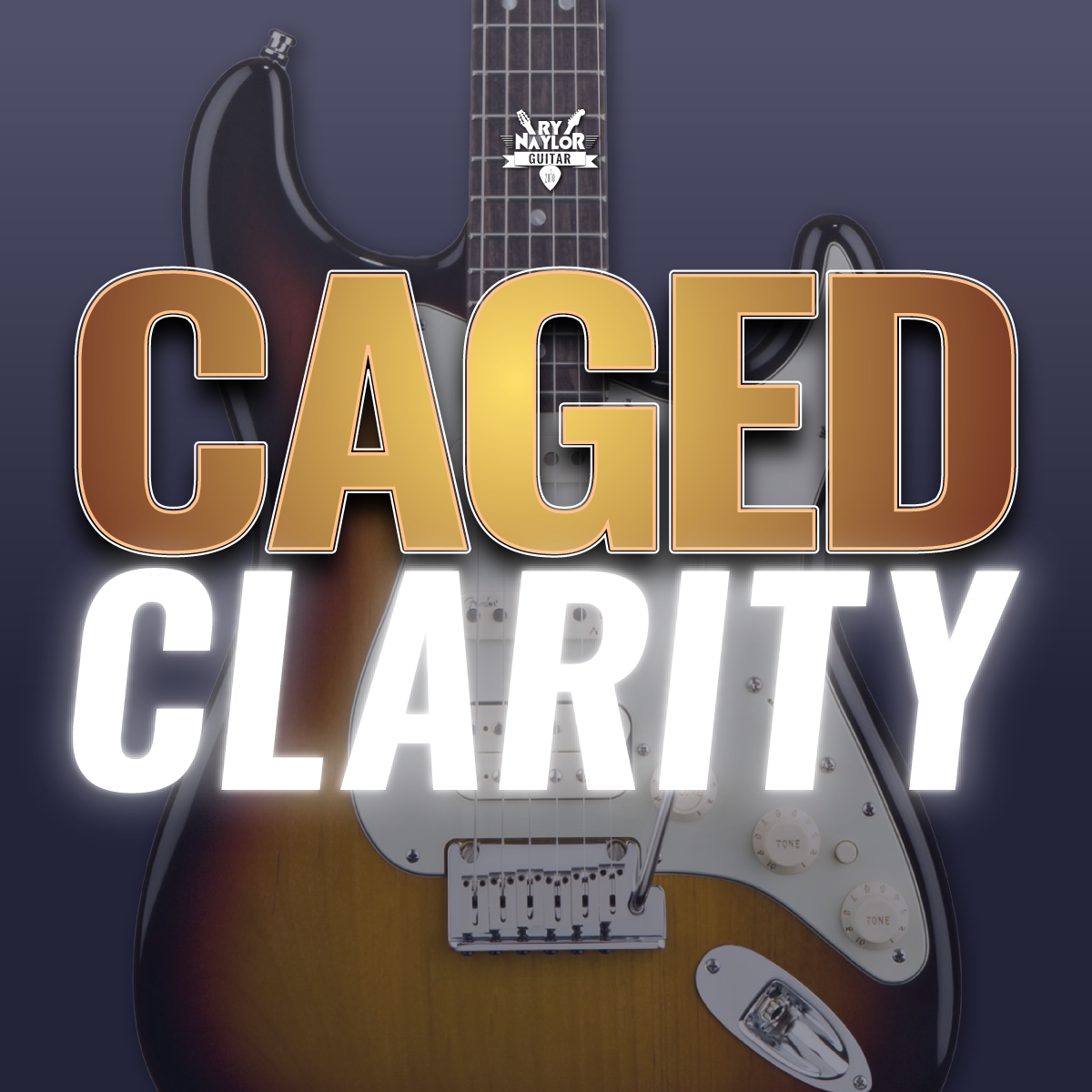How to Play 'We Don't Believe What's On TV' by twenty one pilots
/Here's my latest song lesson and it's another tune by twenty one pilots. This is how to play 'We Don't Believe What's On TV' from the band's 2015 release 'Blurryface'.
You might know their huge song 'Stressed Out' but there's a lot more great music by the band to check out. It's so difficult to place what genre the music is, but I like it!
This is a ukulele song so I'm using the capo very high up the neck, which can make some chord grips and changing tricky. The real challenge here though comes with the strumming patterns. We've got some fast, 16th note rhythms for the majority of the song, which is pretty demanding.
I hope you enjoy it. All the chord progressions can be found below.













